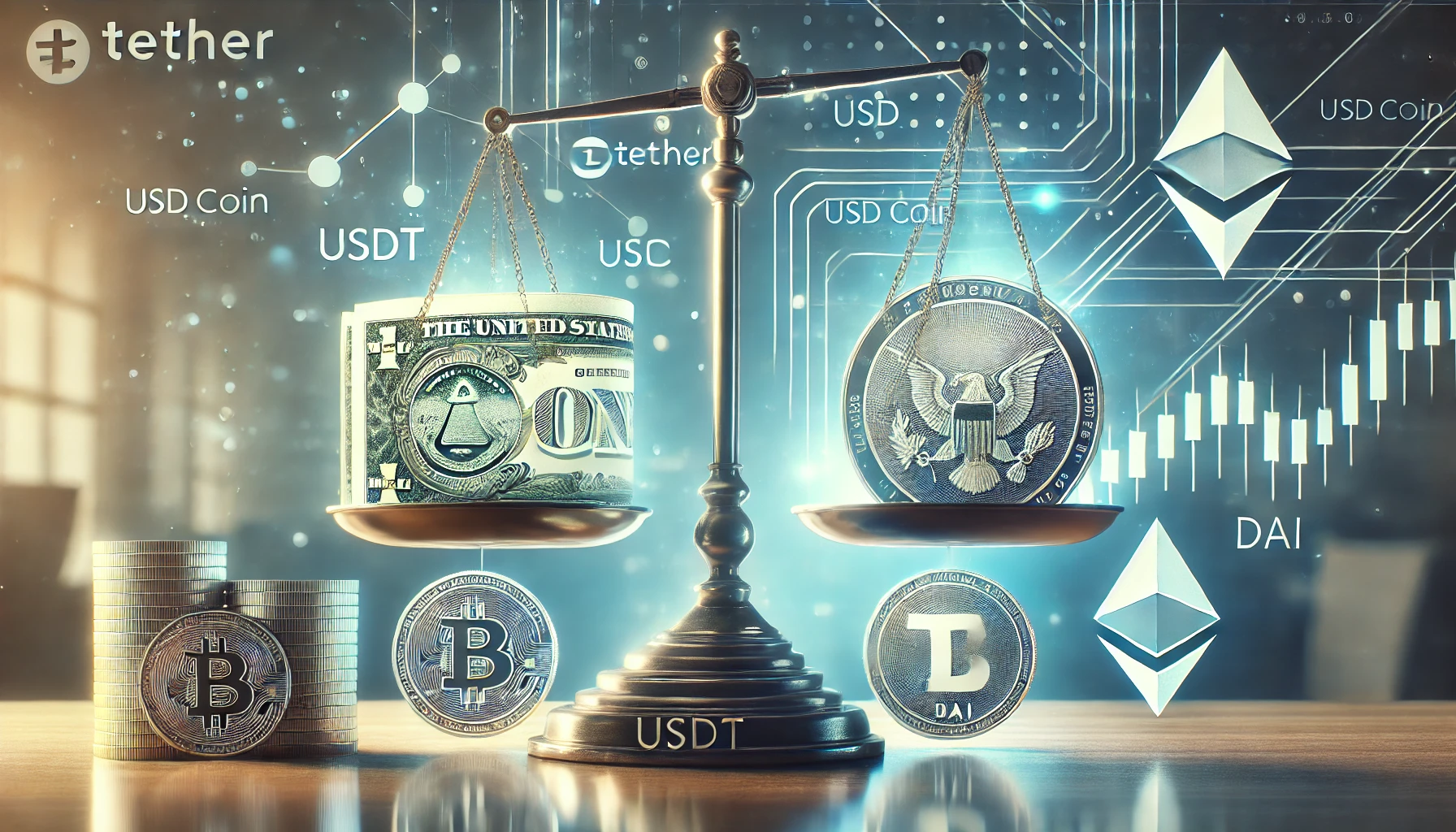Cryptocurrency markets are often synonymous with extreme price fluctuations, which can be a double-edged sword for investors. While volatility presents opportunities for profit, it also brings significant risks. Stablecoins emerge as a solution to this problem by offering the stability of traditional financial systems combined with the efficiency and innovation of blockchain technology. This article will delve into the concept of stablecoins, their types, benefits, and how they fit into the broader cryptocurrency ecosystem.
What is a Stablecoin?
Stablecoins are digital currencies designed to maintain a stable value by pegging themselves to reliable assets such as fiat currencies, commodities, or even algorithms. Unlike volatile cryptocurrencies like Bitcoin and Ethereum, stablecoins provide a consistent value, making them ideal for everyday transactions, savings, and as a bridge between traditional and decentralized finance systems. Their development has been pivotal in addressing one of the major criticisms of the cryptocurrency market—price instability.
Types of Stablecoins
Fiat-Backed Stablecoins
Fiat-backed stablecoins, such as Tether (USDT) and USD Coin (USDC), are pegged to currencies like the US dollar and backed by reserves held in banks. These stablecoins offer simplicity and reliability, making them the most widely used type.
Commodity-Backed Stablecoins
Commodity-backed stablecoins, like Paxos Gold (PAXG), derive their value from physical assets such as gold, appealing to investors seeking a combination of digital efficiency and tangible value.
Algorithmic Stablecoins
Algorithmic stablecoins, exemplified by DAI from MakerDAO, use algorithms and smart contracts to adjust supply and demand, ensuring price stability without direct asset backing.
How Stablecoins Work
Stablecoins operate through mechanisms designed to sustain their peg to the underlying asset. For fiat-backed stablecoins, reserves are regularly audited to ensure trust and transparency. Commodity-backed stablecoins depend on the verifiable backing of physical assets stored securely. In contrast, algorithmic stablecoins leverage advanced technology to dynamically adjust their supply based on market demand, creating an innovative and decentralized approach to stability.
Benefits of Stablecoins
Reduced Volatility
By reducing volatility, they provide a safe haven for investors during market downturns.
Integration with DeFi
Their integration into decentralized finance platforms allows for efficient lending, borrowing, and liquidity provision.
Efficient Transactions
Stablecoins facilitate fast, low-cost cross-border transactions, making them an ideal choice for global payments.
Fiat Alternative
As digital alternatives to fiat currencies, they offer convenience and accessibility for users worldwide.
![]()
![]()
Popular Stablecoins in the Market
Tether (USDT)
Tether’s widespread adoption makes it a preferred choice for traders.
USD Coin (USDC)
USD Coin’s focus on regulatory compliance and transparency appeals to institutional users.
DAI
DAI, as a decentralized option, provides a unique value proposition for users prioritizing trustless systems.
Risks and Challenges of Stablecoins
Centralization Risks
Centralization risks exist for fiat-backed stablecoins, as they rely on trusted entities to hold reserves.
Regulatory Concerns
Regulatory scrutiny also poses a potential hurdle, as governments worldwide develop policies to manage their growing influence.
Peg Stability
Maintaining the peg during extreme market conditions can be challenging, especially for algorithmic stablecoins.
How to Use Stablecoins
Stablecoins are versatile tools within the crypto ecosystem. They can be used for hedging against market volatility, making everyday payments, and earning interest through DeFi platforms. Their application in remittances is particularly noteworthy, offering low-cost and fast alternatives to traditional methods. As the adoption of stablecoins continues to grow, their role in bridging traditional and decentralized finance becomes increasingly evident.
The Future of Stablecoins
The future of stablecoins looks promising. With growing acceptance by businesses and consumers, they are becoming a staple in global financial systems. Their integration with emerging technologies, such as central bank digital currencies (CBDCs), further highlights their potential to revolutionize payments and reshape the financial landscape. As stablecoins evolve, they are likely to play a central role in fostering a more inclusive and efficient global economy.
Conclusion
Stablecoins represent a powerful solution to the volatility challenges of cryptocurrency markets. By providing stability, accessibility, and innovation, they offer users the best of both traditional finance and blockchain technology. Whether you are a seasoned investor or a newcomer to the crypto world, exploring stablecoins can provide new opportunities for secure and stable participation in the digital economy.










